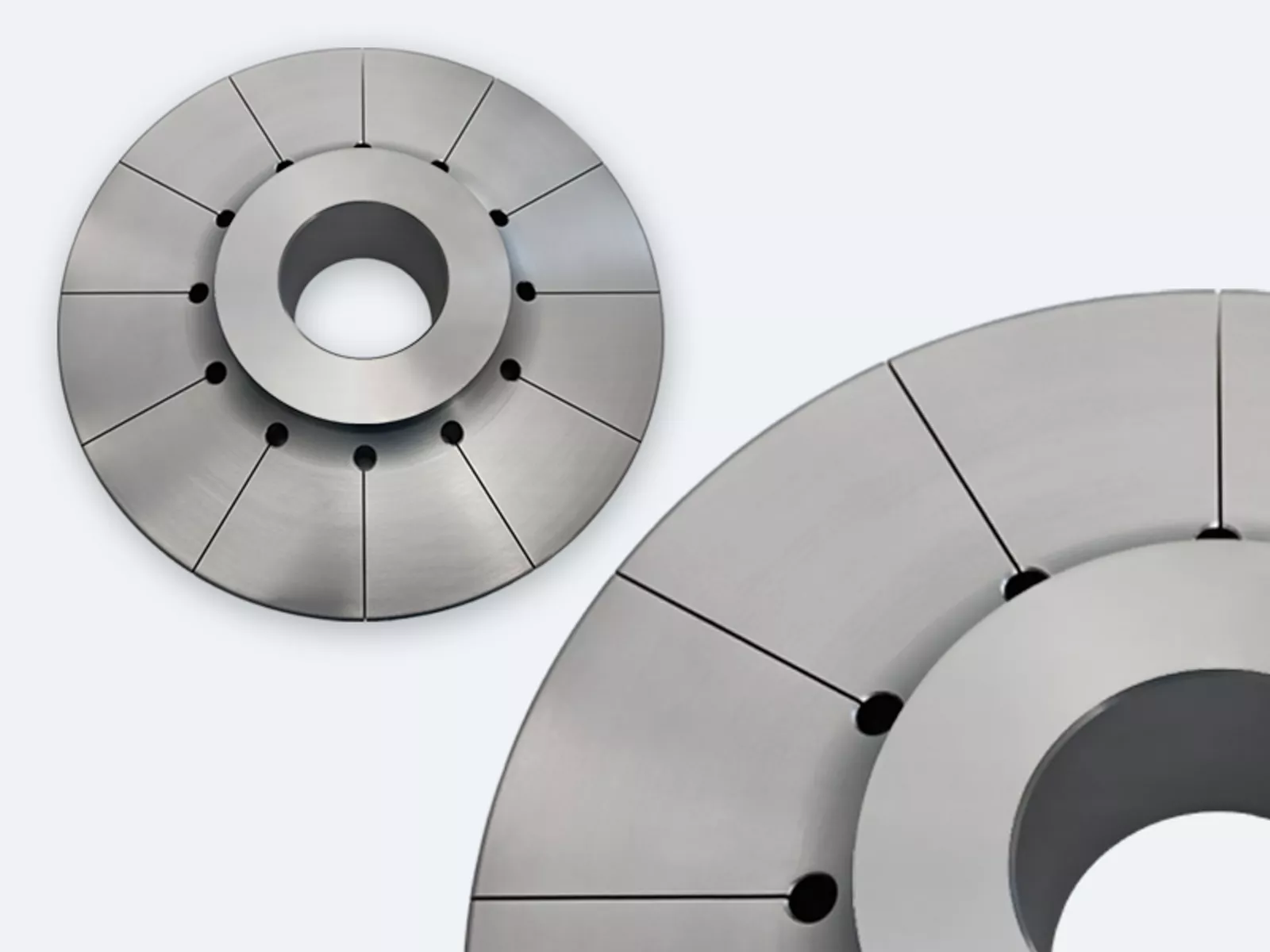
Radiation therapy is a standard, non-invasive treatment for tumor cells. However, the challenge is to administer a radiation dose that is high enough to destroy cancerous cells while leaving surrounding healthy tissue unharmed.
Treatments with microbeam radiation have been developed to avoid exactly this kind of damage to healthy cells. The cancerous tissue is targeted with ultra-short pulses of micrometer-wide high-dose peaks up to 20-times higher than usual and lasting just a few milliseconds. While the antitumor effect is comparable to conventional high-dose radiation therapy, the risk of destroying healthy tissue surrounding the tumor is lower. Known as the dose-volume effect, this was first observed in 1959 during irradiation with neutrons and has since been verified in several studies, leading to the development of microbeam therapy as a promising alternative to conventional radiation therapy.
Yet this form of radiation treatment has so far only been possible as part of preclinical studies using enormous, cost-intensive particle accelerators (linear accelerators). In order to open up microbeam radiation therapy to a broader range of clinical applications, the costs and effort involved need to be considerably lower. This can be achieved through an x-ray emitter with a rotating anode. However, none of the rotating anodes currently available on the market are capable of generating the ultra-high energy x-ray beams needed for microbeam therapy systems.
The School of Engineering and Design at the Technical University of Munich (TUM) now wants to change this status quo and is developing an x-ray source with rotating anodes for microbeam radiation therapy systems together with its research partners. In order to assess the feasibility of the project, TUM is working on a prototype system with high thermal rotating anode loads of 90 kW in a 20-second pulse that repeats every 20 minutes.
Plansee was commissioned by TUM to build a rotating x-ray anode of a size never seen before. Producing such a high-performance rotating anode presented the team with a particular set of challenges. The result was a prototype weighing nearly 14 kg with a diameter of 240 mm and a construction height of over 50 mm, and all produced from a blank weighing roughly 24 kg - the largest and heaviest anode ever built by Plansee to date.
It will be used in the largest rotating anode x-ray tube system ever made, with a drive based on liquid metal plain bearings that enables anode rotational speeds of up to 15,000 rpm (250 Hz). The final microbeam radiation therapy system should be able to handle 1 TW/m2 of energy at the rotating anode, which would equate to a rotational speed of 43,000 rpm based on the current anode design.
For more details on the partners involved in this research project, please see:
Rechts der Isar Hospital, Munich
School of Engineering and Design, TUM (development of rotating x-ray anode)
Johannes Gutenberg University Mainz
Forschungszentrum Jülich Research Center
Further details on the research project can be read in the press release from TUM:


